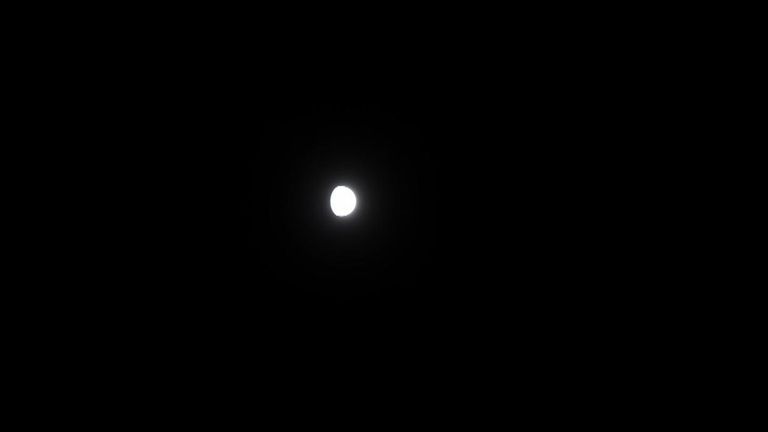Astronomers have found the first possible evidence of two planets outside our solar system sharing the same orbit.
A cloud of debris was detected near a distant world, thought to be the building blocks of a new celestial body or remnants of an old one.
If correct in their assessment, experts say it would be the strongest sign yet that two exoplanets – the name given to those outside our solar system – can exist in one orbit.
The findings were published in the Astronomy & Astrophysics journal.
Study lead Olga Balsalobre-Ruza said: “We can imagine a planet can share its orbit with thousands of asteroids, as in the case of Jupiter, but it is mind-blowing to me planets can share the same orbit.”
Read more:
Star gives possible preview of how Earth dies
Telescope to uncover secrets of dark universe
Trojan planets ‘like unicorns’
Jupiter’s asteroids are known as Trojans – rocky bodies in the same orbit as a planet. They are also in the same orbit around the sun.
Trojan planets have long been thought to exist, but only in theory. Researchers compared them to “unicorns”.
The new evidence was found using a powerful telescope called the Atacama Large Millimeter Array in north Chile.
‘Breakthrough’
The cloud of debris was detected in the orbit of a Jupiter-like gas giant called PDS 70b, nearly 400 light years away within a planetary system called PDS 70.
The image at the top of this article shows PDS 70b and the suspected extra planet positioned below a central star, which both are orbiting.
The ring-like structure dominating the picture is a large disc of cosmic material out of which planets are forming, with PDS 70c seen at the three o’clock position next to the inner rim.
To fully confirm whether the debris is indeed a sign of another planet, astronomers will have to wait several years to determine whether they move significantly along their orbit together.
It will take until after 2026 to be sure, but if proved would be a “breakthrough in the exoplanetary field”, they said.

